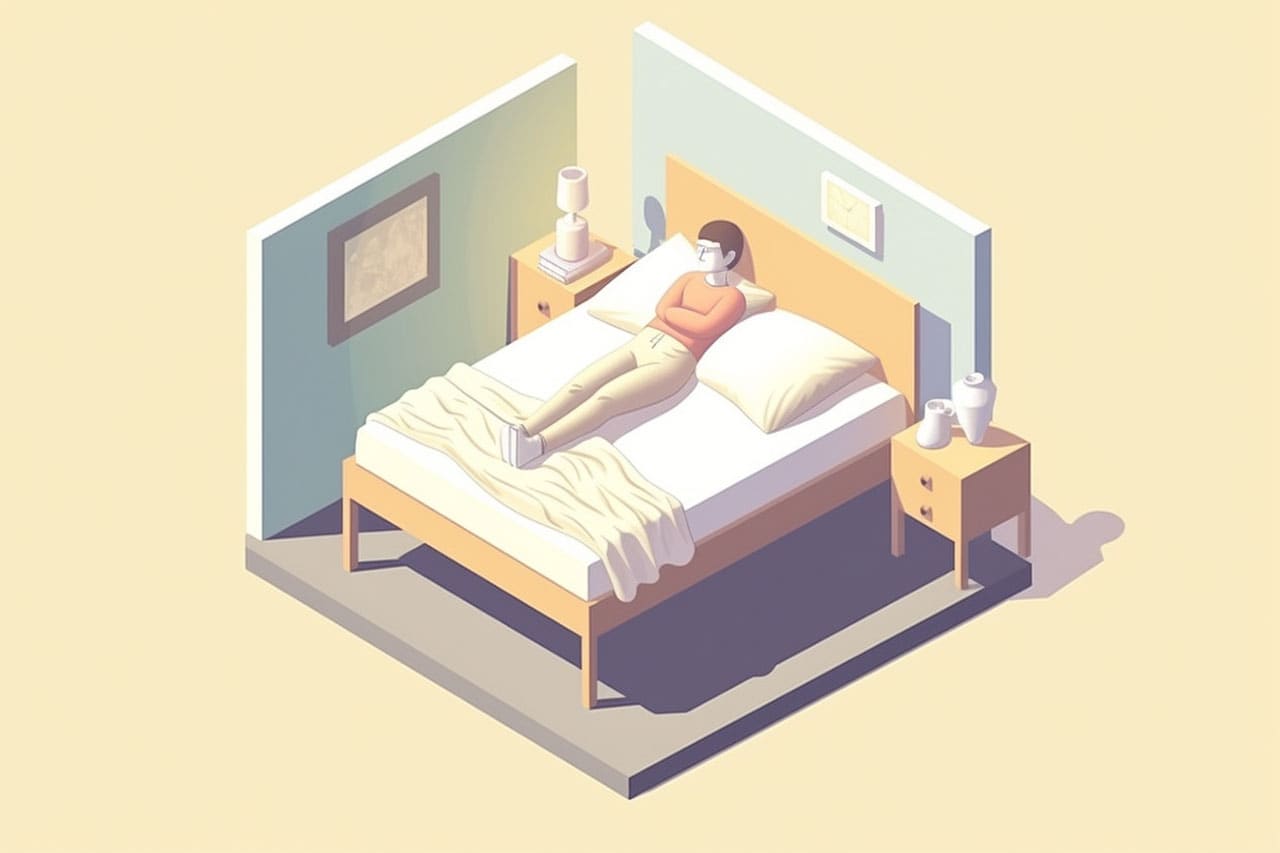Sleep is a fundamental aspect of our lives, allowing us to rest and recharge for the challenges that lie ahead. During this period of slumber, we embark on a journey into the realm of dreams. Dreams have captivated our curiosity for centuries, often revealing hidden desires, fears, and unresolved emotions. However, when sleep disorders enter the picture, the landscape of our dreams can drastically change. In this article, we delve into the intricate relationship between sleep disorders and the fascinating world of dreaming.
The Unsettling Intrusion of Insomnia
Insomnia, a sleep disorder characterized by difficulty falling asleep or staying asleep, casts a shadow over the realm of dreams. When individuals struggle with insomnia, their minds become restless, their thoughts incessant, and their ability to enter the dream state is compromised. As a result, dreams may become fragmented, fleeting, or altogether absent. The lack of restorative sleep can leave dreamers feeling disconnected from their subconscious, as insomnia disrupts the normal sleep architecture required for robust dream experiences.
The Vivid Terrors of Sleep Apnea
Sleep apnea, a condition characterized by interrupted breathing during sleep, is known for its physical and psychological impact. The interrupted breathing episodes can jolt individuals awake, disrupting the natural flow of dreams. As dreams intertwine with our emotions, sleep apnea can give rise to vivid nightmares and intense feelings of fear, suffocation, and unease. The recurring interruptions in breathing can permeate the dream narrative, leading to unsettling scenarios that mirror the struggle for air and the body’s fight for respite.
The Chaotic Landscape of Restless Legs Syndrome
Restless Legs Syndrome (RLS) is a neurological disorder characterized by an irresistible urge to move the legs, often accompanied by uncomfortable sensations. While primarily a condition affecting wakefulness, RLS can infiltrate the dream realm. Dreamers with RLS may find themselves immersed in dreamscapes filled with constant movement, restlessness, and an inability to find peace. The incessant urge to move can manifest symbolically, leaving dreamers in a state of perpetual motion within their dreams, mirroring the restless reality they experience during wakefulness.
The Bizarre World of Narcolepsy
Narcolepsy, a neurological disorder characterized by excessive daytime sleepiness and sudden sleep attacks, introduces an unpredictable element into the world of dreams. Dreamers with narcolepsy may find themselves transitioning abruptly from wakefulness to the dream state without warning. These vivid dream episodes, known as hypnagogic or hypnopompic hallucinations, can blur the line between wakefulness and dreaming, leading to bizarre and surreal experiences. The intrusion of dream-like phenomena into wakefulness and the rapid onset of REM sleep can create a disorienting tapestry of dream fragments and waking reality.
The Diminished Dreamscape of Sleep Deprivation
Sleep deprivation, whether caused by chronic insomnia, demanding schedules, or other sleep disorders, poses a significant threat to dream experiences. When the body and mind are deprived of much-needed rest, the dreaming mind is deprived of its canvas. As sleep deprivation takes its toll, dream recall diminishes, leaving dreamers with fragmented or hazy memories of their nocturnal journeys. The surreal and immersive qualities of dreams fade, replaced by a bleak and empty dreamscape.
Seeking Balance and Restoration
While sleep disorders undoubtedly influence the world of dreaming, it is essential to remember that dreams serve a vital role in our well-being. They provide a space for emotional processing, creativity, problem-solving, and self-reflection. Understanding the impact of sleep disorders on dreaming can guide us toward seeking balance and restoration.
Treating sleep disorders can lead to improvements in dream quality and overall well-being. Addressing insomnia through cognitive behavioral therapy or medication can restore regular sleep patterns, allowing dreams to flourish once again. By promoting relaxation and reducing anxiety, individuals with insomnia can experience a deeper, more restful sleep, enhancing the richness and depth of their dreams.
For those with sleep apnea, continuous positive airway pressure (CPAP) therapy can alleviate breathing difficulties during sleep, leading to fewer interruptions and more stable dream experiences. With a regulated breathing pattern, dreamers can explore the realms of their subconscious without the intrusion of vivid terrors.
Managing restless legs syndrome through medication or lifestyle changes can minimize the restlessness experienced during wakefulness and subsequently improve the tranquility of dreams. By alleviating the physical discomfort and urge to move, individuals with RLS can find solace in their dreamscapes, allowing for a more serene and balanced dream experience.
Narcolepsy treatment often involves a combination of medication, lifestyle adjustments, and scheduled naps. By regulating sleep patterns and minimizing sudden sleep attacks, dreamers with narcolepsy can reclaim control over their dream experiences. The boundary between wakefulness and dreaming becomes clearer, allowing for a more stable and coherent dream narrative.
Addressing sleep deprivation is crucial for restoring the vitality of dreams. Prioritizing healthy sleep habits, creating a conducive sleep environment, and managing stress can promote restorative sleep. By replenishing the body and mind with sufficient rest, individuals can reawaken their dreamscape, filling it with vibrant colors, intricate narratives, and profound insights.
In conclusion, sleep disorders can significantly influence the world of dreaming, altering its quality, content, and coherence. The disruptive nature of insomnia, sleep apnea, restless legs syndrome, narcolepsy, and sleep deprivation can cast a shadow over the subconscious realm. However, by seeking appropriate treatment and addressing these sleep disorders, dreamers can restore balance and enhance the richness of their dream experiences.
Dreams serve as a window into our innermost thoughts, emotions, and desires. They offer a sanctuary for exploration, self-discovery, and healing. By understanding the intricate relationship between sleep disorders and dreaming, we can embark on a journey to unlock the full potential of our dreams, reclaiming the transformative power they hold.
